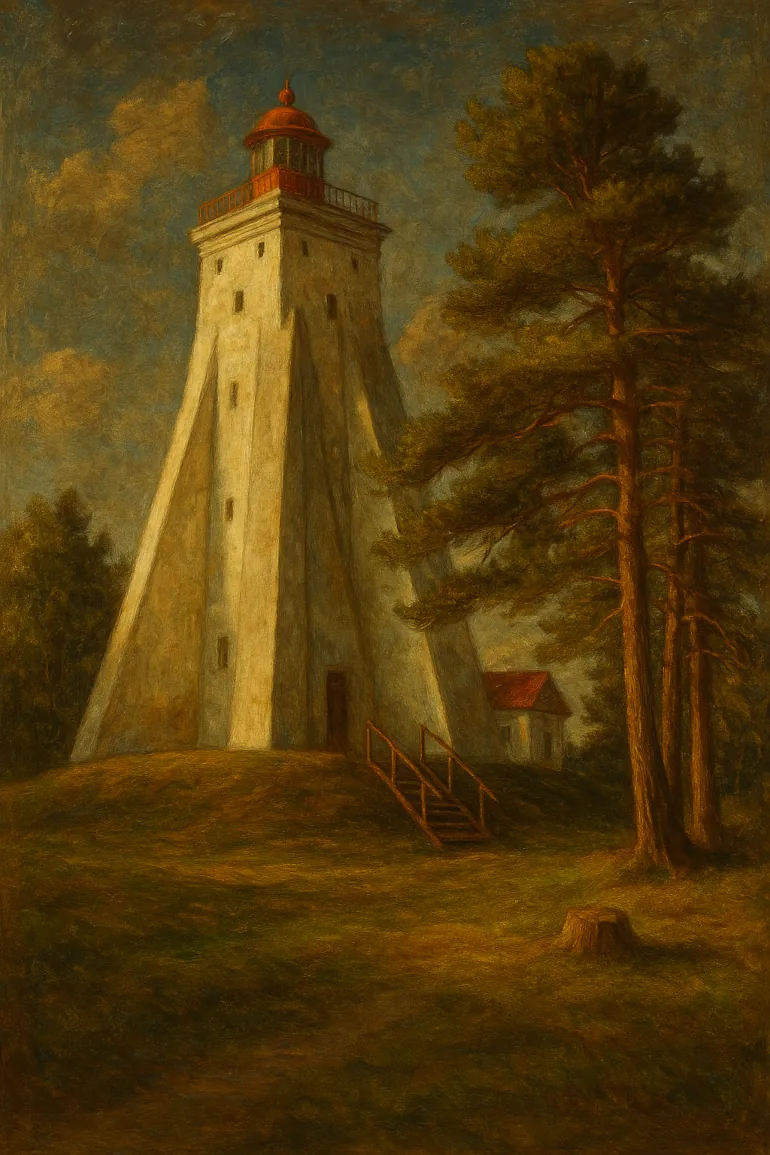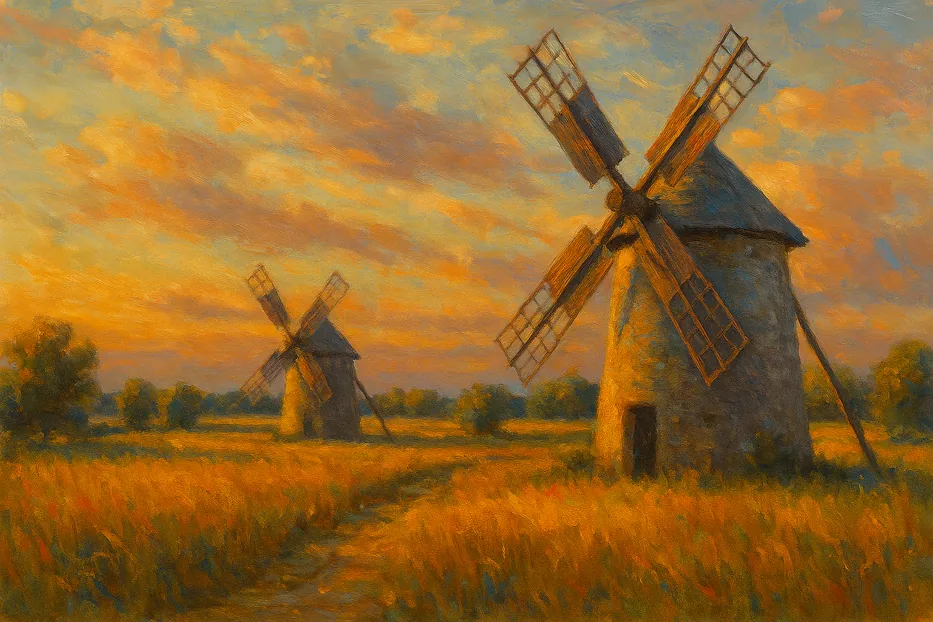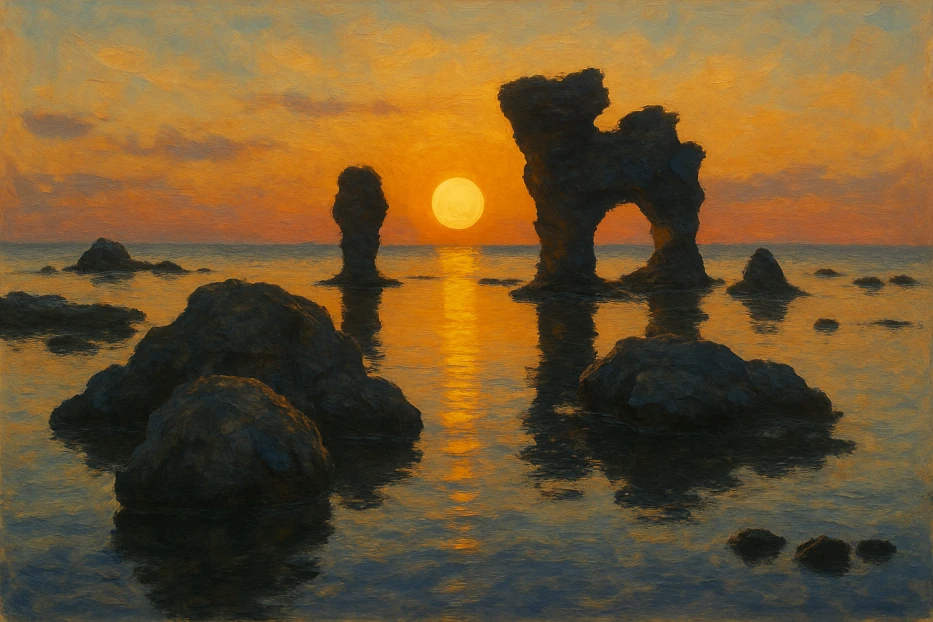The Baltic Sea, nestled between the Scandinavian Peninsula, mainland Europe, and the Baltic states, is home to its largest islands, including Gotland, Öland, and Saaremaa.
This semi-enclosed body of water is known for its diverse cultures, rich history, and scenic landscapes. Among its many islands, some stand out due to their size and significance.
Below is a guide to the five largest islands in the Baltic Sea, each offering a unique insight into the region’s rich natural beauty and cultural heritage.
Table of Contents
The Five Largest Baltic Sea Islands
5. Hiiumaa
Hiiumaa, the second-largest island in Estonia and one of the largest Baltic Sea islands, has an area of 989 square kilometers (382 square miles). Located just north of Saaremaa, it is known for its serene, untouched nature.
This island is an ideal destination for those interested in outdoor activities, such as hiking and cycling, thanks to its extensive forests, bogs, and coastline.
It is also home to one of the oldest lighthouses in the world, Kõpu Lighthouse, which dates back to the early 16th century.

Hiiumaa has a rich maritime history, with shipbuilding and fishing being traditional industries on the island.
Today, the island is also recognized for its eco-friendly tourism initiatives, preserving its natural beauty while welcoming visitors to explore its landscapes.
4. Lolland
Lolland is one of Denmark‘s largest islands, covering an area of around 1,243 square kilometers (480 square miles). It lies to the south of Zealand and is part of Denmark’s archipelago.
Known as the “pancake island” due to its flat terrain, Lolland is predominantly agricultural, with fertile soil that supports vast farms producing sugar beets and other crops.
One of the largest Baltic Sea islands, it is also home to several historic estates and manors, many of which are open to the public.
In addition to its agricultural heritage, Lolland is known for its natural beauty, including several bird sanctuaries and nature reserves. The island has also become a hub for renewable energy projects, particularly wind farms.
3. Öland
Öland is Sweden’s second-largest island, covering approximately 1,342 square kilometers (518 square miles). Located to the east of the mainland, it is connected by a long bridge to the city of Kalmar.
The island is a popular summer destination known for its iconic windmills, diverse landscape, which includes sandy beaches, vast forests, and unique limestone formations called “alvars.”
Its UNESCO-listed agricultural landscape of southern Öland reflects centuries of human habitation and farming practices.
Öland’s rich biodiversity includes rare birds and wildflowers, making it a prime spot for nature lovers. The Swedish island also has a rich history, with several Iron Age forts and prehistoric sites dotting the landscape.
2. Saaremaa
Saaremaa, Estonia’s largest island and one of the largest Baltic Sea islands, spans around 2,673 square kilometers (1,032 square miles) and lies in the Baltic Sea to the west of the Estonian mainland.
Known for its tranquil nature and well-preserved medieval architecture, the island offers a mix of pristine landscapes and cultural landmarks.
Saaremaa’s most notable feature is Kuressaare Castle, a 14th-century fortress that now houses a museum.
The island’s diverse natural attractions include the Kaali meteorite crater, one of the few meteorite craters in Europe, and extensive coastal meadows that are perfect for birdwatching.
Saaremaa is also famous for its traditional windmills, juniper groves, and local crafts, which reflect a strong connection to its cultural heritage.
1. Gotland
Gotland, the crown jewel of Sweden’s islands and the largest island in the magnificent Baltic Sea, covers an area of around 3,184 square kilometers (1,229 square miles) and sits roughly 90 kilometers (51 miles) east of the Swedish mainland.
Known for its medieval history, Gotland is home to the city of Visby, a UNESCO World Heritage Site, famed for its well-preserved town walls and historic buildings.
The island boasts limestone cliffs, sandy beaches, and rich archaeological sites dating back to the Viking Age. Gotland’s flora and fauna reflect its temperate climate, with pine forests and rare species of orchids being part of its natural charm.
The island is also known for its artistic community, with many galleries and workshops showcasing local crafts and artworks.
Five of the Largest Baltic Sea Islands (Table)
| Rank | Island | Country | Area |
|---|---|---|---|
| 1 | Gotland | Sweden | 3,184 sq km (1,229 sq mi) |
| 2 | Saaremaa | Estonia | 2,673 sq km (1,032 sq mi) |
| 3 | Öland | Sweden | 1,342 sq km (518 sq mi) |
| 4 | Lolland | Denmark | 1,243 sq km (480 sq mi) |
| 5 | Hiiumaa | Estonia | 989 sq km (382 sq mi) |
Frequently Asked Questions about the Largest Baltic Sea Islands
Which is the largest island in the Baltic Sea?
The largest island is Gotland, Sweden, covering approximately 3,184 sq km (1,229 sq mi).
Which countries have the biggest islands in the Baltic Sea?
Sweden, Estonia, and Denmark have the largest islands, including Gotland, Saaremaa, and Lolland.
How can you reach Gotland Island?
You can travel to Gotland by ferry or fly directly to Visby Airport.
What is the population of Gotland?
Approximately 60,000 people live on Gotland year-round, with more during the summer tourist season.
Is Saaremaa Island worth visiting?
Yes, Saaremaa in Estonia offers beautiful nature, historic sites like Kuressaare Castle, and relaxing spas.
Which Baltic Sea island has the oldest town?
Gotland’s main town, Visby, is a UNESCO World Heritage Site with medieval walls dating back to the 13th century.
What activities can you do on Öland Island?
Popular activities include cycling, visiting Borgholm Castle, exploring limestone plains, and enjoying beaches.
Which island is famous for windmills and traditional villages?
Öland is well known for its preserved windmills and rural heritage landscapes.



